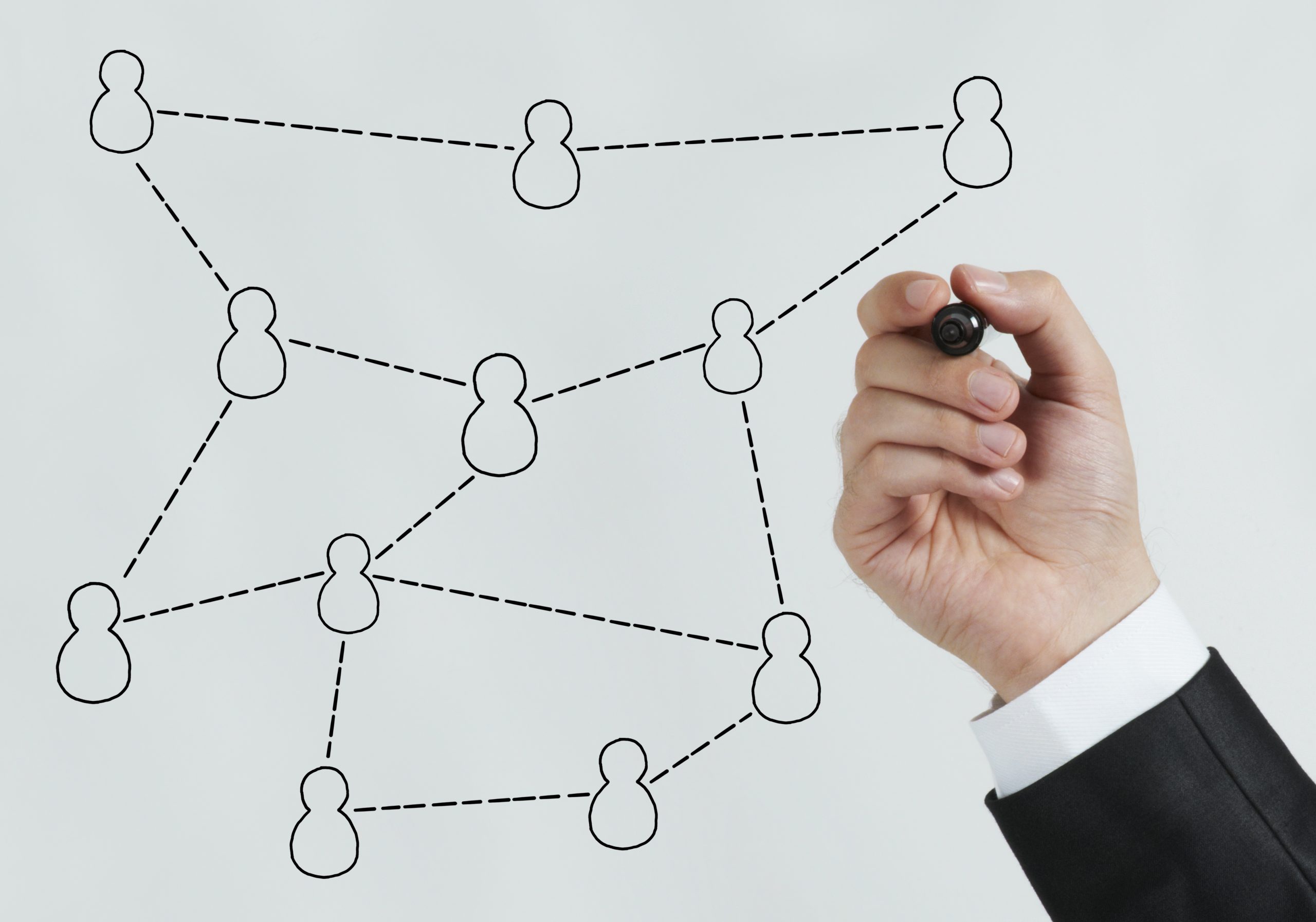WHY IS CONTACT TRACING BECOMES RELEVANT TO OUR DENTAL PRACTICE ?
As we are one of the most vulnerable profession in contracting CoVid-19 virus and ensuring that the patient we are about to treat is not one of those asymptomatic patients carrying this virus, we all need to be vigilant in screening our patients prior to treatment. It would have been ideal if we can 100% totally depend on the result of CoVid-19 test kits, but, again this is only 60%-70% accurate depending on the time our patient had its test. Moreover, this test is not cheap and may not also readily available. It will put more financial burden to our patients to require this and even if they can afford, the supply of this test maybe lacking in supply. Thus, just taking basic medical and dental history of our patients now will not suffice, we have to adapt to the current situation of CoVid-19 era and we have to delve more on the social history of our patients such as travel and whom they have in contact with prior to their visit to your clinic. One way of achieving this is providing them a form with a series of questions that will allow us to trace this and assess if there's a chance this patient may have a high probability of carrying this CoVid-19 virus.
Currently, contact tracing is considered an efficient and cost effective way in identifying and localizing the spread of the CoVid-19 disease. By tracing people who came in close contact with someone who is infected with this virus, a proper risk assessment can be done and we will be able to isolate the people who have high high chances of contracting this, thus, preventing further spread of this disease.
In addition, closely watching these contacts after exposure to an infected person will help the contacts to get earlier care and treatment. This monitoring process is called contact tracing. So, we are informed on how this is done and be valuable tool in our dental diagnosis, let's learn more about how this is done and its method. Contact Tracing is broken down into 3 steps:
CONTACT IDENTIFICATION
A "contact" is a person who had any one of the following exposures during the two days before and the 14 days after the onset of symptoms of a probable or confirmed case
- Face-to-face contact with a probable or confirmed case within 1 meter and for more than 15 minutes
- Direct physical contact with probable or confirmed case.
- Direct care for a patient with probable or confirmed CoVid-19 without using proper personal protective equipment.
Other Situations as Indicated by Local Risk Assessments:
- In the case of confirmed asymptomatic cases, the period of contact is measured from the 2 days before the date on which the person’s testing sample was taken, and all through the succeeding 14 days.
CONTACT LISTING
All persons considered to have contact with the infected person should be listed as 3 types: Suspected, Probable and Confirmed.
Suspect Case
The following may be considered a “suspect case” of CoVid-19:
- A person with severe acute respiratory illness – fever of 38°C or higher, cough or sore throat, shortness of breath, and may even include severe pneumonia – whose cause is undetermined prior to testing for the Coronavirus.
- A person with influenza-like illness – fever of 38°C or higher, and cough or sore throat – and who lives in or has traveled to an area that reported local transmission of the Coronavirus during the 14 days prior to the onset of symptoms.
- A person with influenza-like illness and has had contact with a confirmed or probable case (see definition of “probable case”) of CoVid-19 in the two days prior to the onset of that confirmed/probable case’s illness or before that confirmed/probable case showed negative on repeat testing.
- A person with fever or cough or shortness of breath or other respiratory symptoms and is one of the following: 60 years old or older; with a comorbidity or pre-existing illness; in high-risk pregnancy; a health worker.
Probable Case
A “probable case” of CoVid-19 is:
- A suspect case who has been tested for COVID-19 but the results are inconclusive.
- A suspect case who has tested positive for CoVid-19 but the test was not conducted in a national or sub-national Coronavirus reference laboratory, or an officially accredited laboratory for confirmatory testing.
Confirmed Case
A person may be considered a “confirmed case” of CoVid-19 only if they were tested at a national or sub-national reference laboratory, or at government-certified laboratory testing facility.
This is regardless of whether the person shows clinical signs and symptoms of CoVid-19.
CONTACT FOLLOW-UP
Regular follow-up should be conducted with all contacts to monitor for symptoms and test for signs of infection.
As dentists are advised to postpone indefinitely all routine and non-emergency care. Once you have determined the patient is in need of urgent emergency care, use the following screening questionnaire to identify and reduce disease exposure risk to you and your staff. We at DMD Center have prepared a COVID-19 Dental Questionnaire and COVID-19 Dental Treatment Consent Form. You may download it here.
Click Here:
COVID-19 Dental Questionnaire
COVID-19 Dental Treatment Consent Form
CONCLUSION
In conclusion, we must accept the fact that until there's no proven vaccine and treatment available yet to deal with this CoVid-19 virus, the way we deal with our dental practice will never be the same again. Thus, we need to adapt to the new situation and be vigilant not only to protect our patients, but, most importantly to protect the safety and well-being of our staff and ourselves while we do our business and practice our profession.
Contributors:
Dr. Bryan Anduiza – Writer
Dr. Jean Galindez – Writer | Editor













